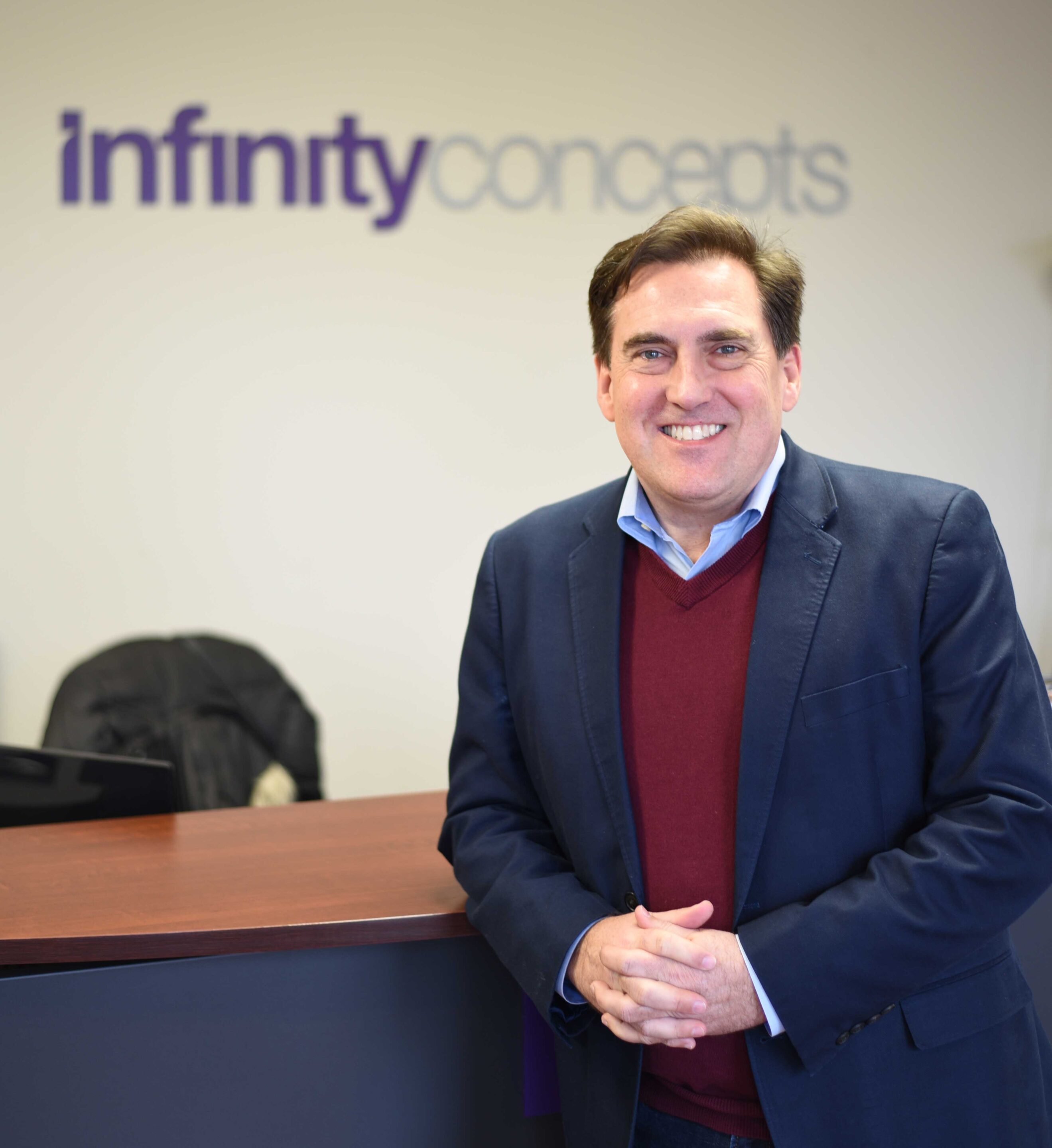The digital world is full of advertising platforms and creative techniques such as Facebook ads, display ads, email ads, search ads, and much more. These are not one size fits all solutions. Not every ad campaign is immediately successful, which should not be surprising. Optimization is key for turning a base hit into a home run.
What you need to do is start from a position rooted in strategy, experience, and historical data, and then optimize quickly. The faster you optimize, the more efficient and effective you become.
Here are 7 tips for optimizing digital advertising quickly. These can be applied to social media ads, display ads, search ads, and just about anything you utilize online for advertising:
1. Make sure you learn before you change. Optimization is based on data and usually making small adjustments based on micro learnings. If you have not learned anything, you are not optimizing.
2. Define your key metrics before you launch! You can’t optimize what you can’t define. Determine exactly what means success and how you will measure it. Perhaps it is cost per sale, cost per lead, cost per click, or all of the above. Set goals and priorities for which metrics are most important.
3. Plan out your first few test variables. Knowing what you want to test first will help you control your rollout and speed your journey towards effectiveness. Consider testing different copy, images, buttons, calls to actions, and of course different audience segments.
4. Learn how long to wait before making decisions for each platform. With digital, you should have instant information and have a sense for where you are with most platforms within a week or two.
5. Know the difference between ramp up response and a clear miss. Sometimes you do need some extra time for your results to normalize so you can get a good sense of where you are at, but there has to be a pulse. If there is no pulse after a few weeks, then call a timeout and huddle about what to do next.
6. Beware of casting too large a net at first. This will slow you down. Start with a handful of your best, most tried and true options, optimize them, and then consider testing your polished campaign with a wider audience.
7. Don’t stop before you start. Quick doesn’t mean instant, give your campaign ample time to gather enough data to be sure of what is or isn’t working. If you have a pulse, give it a few days or weeks to learn and collect data before making big changes.
- How to Define Fundraising Success - July 26, 2024
- Search Ads vs. Google Grants for Fundraising - May 10, 2024
- 3 Innovative Ways to Find New Donors Digitally - March 1, 2024

